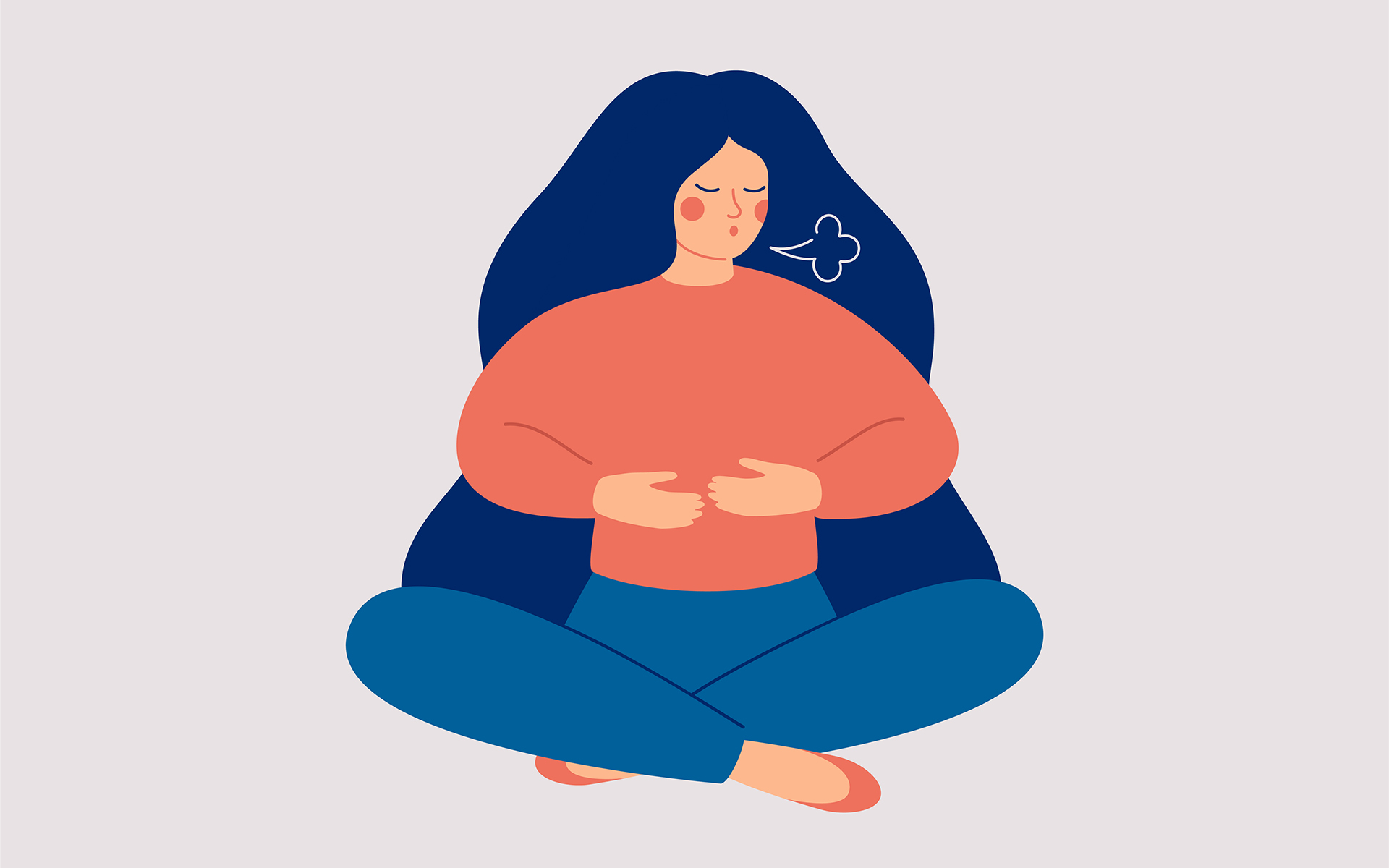Does daily mindfulness practice lead to greater well-being…
or are people who already feel well simply more likely to practice?
A team of researchers at University Medical Center Groningen, in the Netherlands, set out to explore this question. During an eight-week Mindfulness-Based Stress Reduction (MBSR) program, they followed 83 adults from the general population, tracking their daily experiences over time.
What they wanted to know was simple
—but important for anyone trying to build a practice:
Does mindfulness create well-being, or just go along with it?
Their findings are encouraging:
Daily mindfulness practice led to increases in positive emotions and decreases in negative emotions over time, rather than the other way around. In other words, practice itself appears to play an active role in supporting daily psychological well-being.
The researchers also noticed that people responded differently—some experienced stronger benefits than others. More research is needed to understand why. But the overall direction is hopeful:
Practicing mindfulness every day—even for a short time—can support your emotional well-being.
A Simple Posture Practice to Begin Your Day
Below is a short practice from Mindful’s Editor-in-Chief, Barry Boyce.
You can use it:
- As the opening to a longer meditation
- Or as a one-minute reset—to steady yourself before you step into a meeting, a conversation, or the next task on your list
If you have injuries or physical limitations, feel free to adapt the posture in any way that works for your body.
Mindful Posture Practice
1. Take Your Seat
Whatever you’re sitting on—a chair, a meditation cushion, a park bench—
find a place where you can feel stable and supported, not perching or slumping back.
Let your body know: “I’m here. I’m landing.”
2. Settle Your Legs and Feet
- If you’re on a cushion, cross your legs in a way that feels comfortable.
- If you’re on a chair, place the soles of your feet flat on the floor, if possible.
This grounded base supports the rest of your posture.
3. Lengthen Your Spine (Without Forcing)
Gently straighten your upper body.
- Allow the natural curves of your spine to be there.
- Let your head and shoulders rest comfortably on top of your vertebrae, as if they’re being lightly supported from above.
You’re aiming for upright and relaxed, not rigid.
4. Rest Your Hands with Ease
Let your upper arms hang naturally by your sides.
Then:
- Place your hands on the tops of your legs, wherever they land comfortably.
Too far forward can make you hunch.
Too far back can make you stiff.
You’re “tuning” your body like an instrument:
not too tight, not too loose.
5. Soften Your Gaze
Drop your chin slightly and let your gaze settle gently downward.
You can:
- Lower your eyelids so they’re partly closed, or
- Close your eyes completely if that feels more restful
There’s no need to focus on anything in particular.
Let whatever is in front of you simply be there.
6. Pause, Feel, and Begin Again
Stay like this for a few moments.
- Notice the sensations of sitting.
- Feel the contact of your body with the chair or cushion.
- Allow the breath to move in and out, without trying to change it.
You might silently acknowledge to yourself:
“Here I am, just sitting.”
After a minute—or longer, if you wish—gently lift your gaze, if it was lowered, and move into whatever comes next in your day.
If you’re about to continue with a mindfulness practice (such as following the breath or scanning the body), this posture sequence is a simple, kind way to start off on the right foot—plus hands, arms, and everything else.
This mindfulness practice originally appeared in the April 2013 issue of Mindful magazine.
Related articles :








